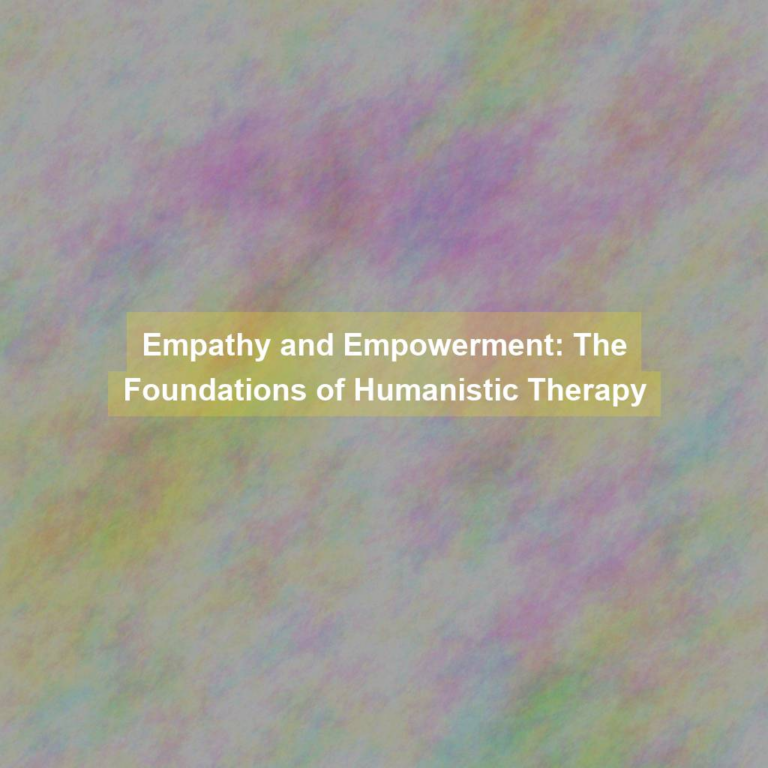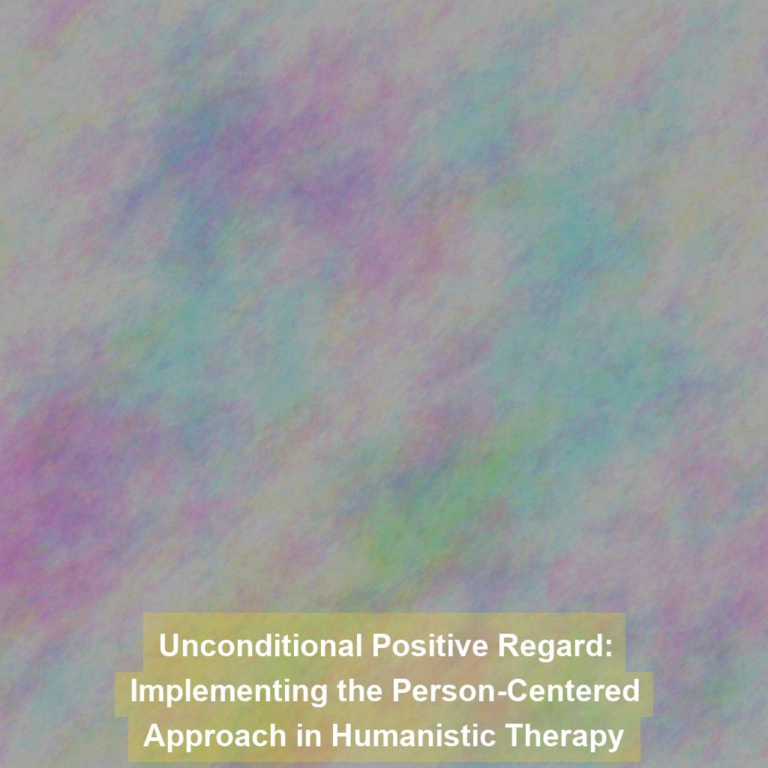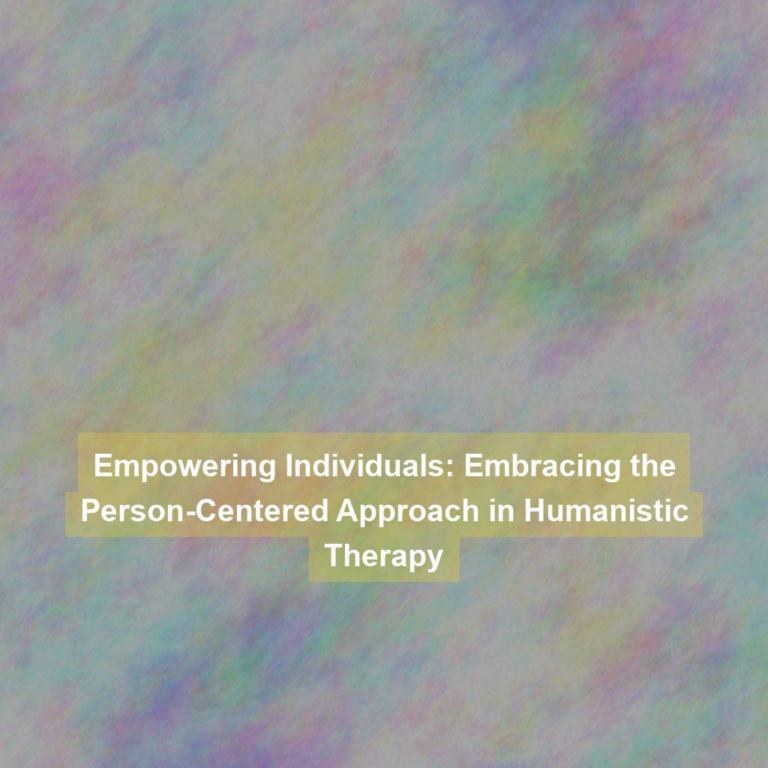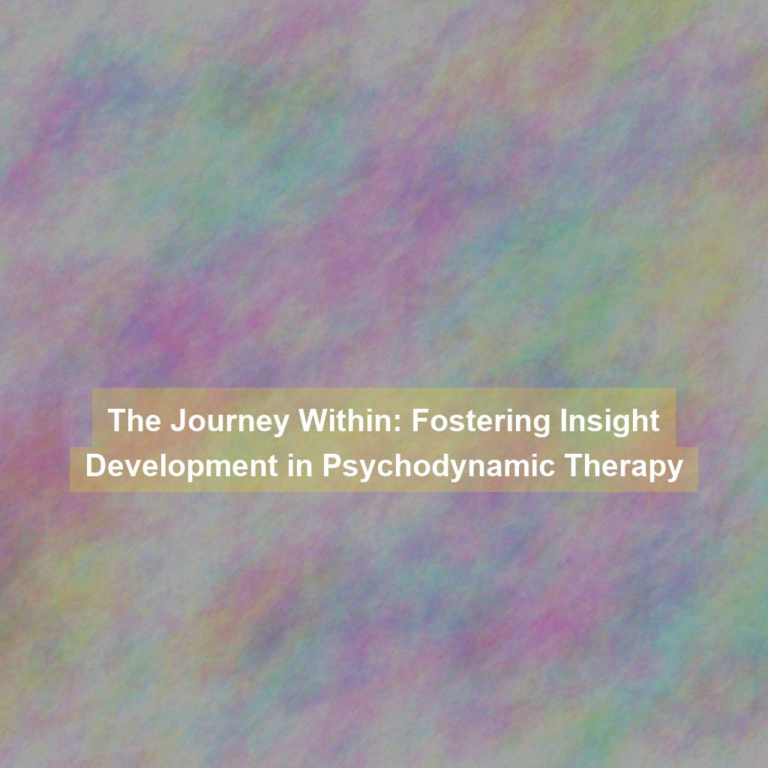As you navigate through life, you may find yourself facing internal struggles that seem inexplicable or recurring patterns that hinder your well-being. Unveiling the unconscious can be the key to understanding and resolving these challenges, and psychodynamic therapy has proven to be a powerful tool in this process.
By delving into the depths of the unconscious mind, this therapeutic approach aims to bring to light the underlying factors that influence thoughts, emotions, and behaviors.
But how exactly does it work, and what makes it so effective in promoting healing and personal growth?
The Origins of Psychodynamic Therapy
The origins of psychodynamic therapy can be traced back to the groundbreaking work of Sigmund Freud in the late 19th century. Freud, a neurologist from Vienna, developed the concept of the unconscious mind and its influence on behavior and mental health. He proposed that unresolved conflicts and repressed emotions from childhood experiences could manifest in psychological distress later in life. These ideas formed the basis of psychodynamic therapy, which aims to explore and address these unconscious factors to bring about healing and personal growth.
Freud’s development of psychoanalysis, a form of psychodynamic therapy, revolutionized the understanding of human psychology and laid the foundation for the modern practice of therapy. His emphasis on the role of early childhood experiences, the significance of dreams, and the influence of the unconscious mind on behavior significantly impacted the field of mental health.
Understanding the Unconscious Mind
To understand the unconscious mind, it’s essential to explore the hidden motivations and influences that shape your thoughts and behaviors. It’s like peeling back the layers of an onion to reveal the core. The unconscious mind holds memories, desires, and emotions that influence your conscious thoughts and actions without you even realizing it. These deeply ingrained patterns can stem from early childhood experiences, societal influences, and even ancestral heritage.
The unconscious mind operates beneath the surface of awareness, yet it exerts a powerful influence on your daily life. It’s like a hidden force that can shape your relationships, decision-making, and emotional responses. By delving into the depths of the unconscious, you can gain insight into why you react to certain situations, form specific beliefs, or experience recurring patterns in your life.
Psychodynamic therapy aims to bring these unconscious elements to light, helping you understand how they impact your mental and emotional well-being. By unraveling the mysteries of the unconscious mind, you can gain a deeper understanding of yourself and work towards positive change.
The Therapeutic Process and Techniques
As you explore psychodynamic therapy, you’ll engage in a process that utilizes various techniques to uncover hidden motivations and improve your mental and emotional well-being. The therapeutic process involves creating a safe and non-judgmental space where you can freely express your thoughts, feelings, and experiences. Through open dialogue with your therapist, you’ll begin to explore your unconscious mind, identifying recurring patterns and gaining insight into how past experiences continue to influence your present emotions and behaviors.
One of the central techniques used in psychodynamic therapy is free association, where you verbalize whatever comes to mind without censorship. This allows for the exploration of your unconscious thoughts and feelings, bringing them to the surface for examination. Another key technique is dream analysis, where the symbolism and hidden meanings in your dreams are explored to gain insight into your unconscious conflicts and desires.
Additionally, the therapeutic process may involve exploring past experiences and relationships to identify unresolved conflicts and their impact on your current well-being. By bringing these unconscious elements to light, psychodynamic therapy aims to promote self-awareness, emotional healing, and personal growth.
Uncovering Patterns and Dynamics
When uncovering patterns and dynamics in psychodynamic therapy, you’ll actively engage in exploring the underlying motivations and recurring behaviors that shape your experiences and emotions.
This process involves delving into your past experiences, relationships, and early childhood development to identify unconscious patterns that may be influencing your present thoughts and actions.
Through open dialogue and reflection, you’ll work with your therapist to uncover these patterns, gaining deeper insight into how they impact your current life.
Integrating Insight Into Everyday Life
Integrate the insights gained from psychodynamic therapy into your everyday life to foster meaningful growth and understanding of your emotions and behaviors. Start by actively applying the awareness you’ve gained about your unconscious patterns and dynamics. As you go about your day, pause and reflect on how these insights can inform your reactions and decisions. For example, if you’ve recognized a tendency to avoid conflict, consciously practice assertive communication when faced with a challenging situation. By doing so, you’ll gradually rewire ingrained responses and cultivate healthier ways of interacting with the world.
Furthermore, seek opportunities to discuss your therapeutic journey with trusted friends or family members. Sharing your insights can’t only deepen your understanding but also garner support as you navigate changes. Additionally, consider journaling as a tool for integrating newfound awareness. Regularly jotting down your reflections and observations can solidify the impact of therapy on your daily life. Ultimately, the key lies in actively translating the revelations from therapy into tangible actions and attitudes. This ongoing process can lead to a more authentic and fulfilling way of engaging with the world.
Conclusion
In conclusion, psychodynamic therapy offers a powerful approach to healing by delving into the unconscious mind and uncovering patterns and dynamics that influence behavior.
Through the therapeutic process and techniques, individuals gain insight and understanding that can be integrated into their everyday lives.
The origins of psychodynamic therapy lay the foundation for this transformative approach, providing a deeper understanding of the human psyche and the potential for significant healing and growth.







